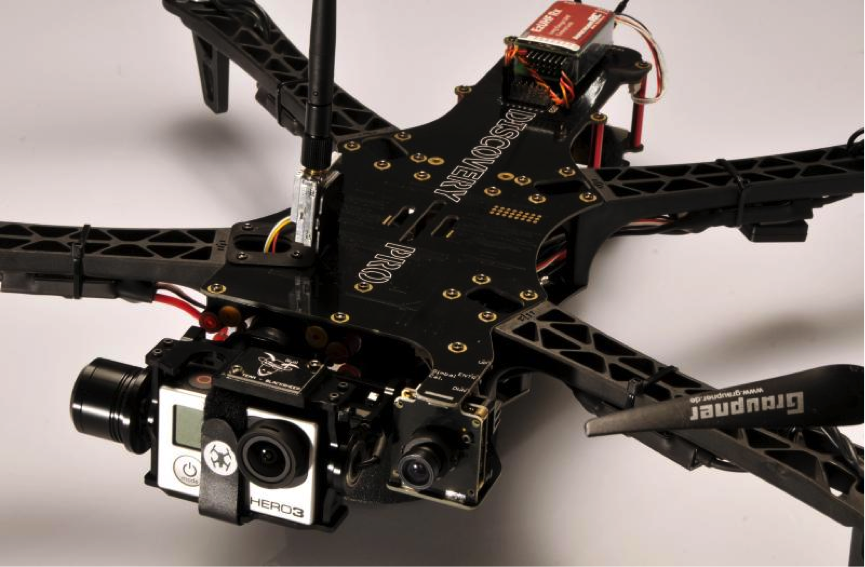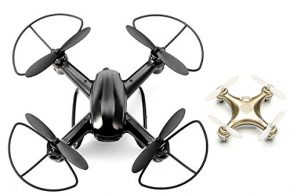Which Drone To Get If You Are Looking For a New UAV?
So you want to get into drones but have no idea which drone to get? Hopefully we can help! The latest drone technology is more impressive than ever and now available to us all.
Which drone to buy?
It’s a great question and there’s no straightforward answer. It doesn’t matter how young or old you are or how experienced you are. Some drones require more skill than others, some require more technical knowledge than others, but there’s something for all ages and skill levels. There are so many paths you can take and that’s another reason why this is such a great hobby! You take one path, which leads to another and many others after that.
Your interests may lie in photography. For others it’s just about the flying whether it be line-of-sight or via First Person View (FPV). For others it’s the technology behind it all. Some prefer to buy something ready built, others love the idea of building and customising a model to suit them and their application. Whichever path you take, you’ll definitely enjoy it!
How difficult is it to fly a drone?
There are three main styles of aircraft in the world of drones. Multirotors, fixed wing aircraft & helicopters. All have differing flying attributes but how you control them is similar. Skills do transfer from one platform to another but some are easier than others.
Multirotors
When wondering which drone to buy, the most obvious choice for many are multirotor aircraft. Modern flight controllers coupled with GPS assistance have made these machines more approachable and versatile than other platforms. Multirotors are similar to helicopters, but are more stable and have proven to be the perfect solution for Dronethusiasts wanting to carry a camera.
Multirotors have the ability to achieve reasonable fast forward flight, but hover almost perfectly on the spot! They still require a level of skill and understanding in order to fly successfully, but are by far the easiest machines to fly when coupled with a GPS assisted flight controller.
GPS assistance means you can take your hands away from the controls and the model will stay put without the risk of your drone dropping out of the sky! The easiest and most well known of these models has to be the DJI Phantom; they’re everywhere! The Phantom has long been known as the go-to machine for carrying a GoPro or similar camera.
The Phantom is a great example of technology doing the hard work for you; it’ll even land itself if you want it too! Its ease of operation is without doubt one of the reasons why DJI has been so successful. The Phantom is of course a quadcopter but you may have seen other multirotor aircraft with 6 (hexacopter) or even 8 (octocopter) motors. These tend to be bigger than the Phantom and capable of carrying more weight, allowing the user to carry larger and more expensive cameras such as DSLR’s or even bigger cinematography equipment. More motors equal better performance, more stability and of course more money! One advantage with 6 or 8 motors is that modern controllers have redundancy built in, so should a single motor fail, in theory, the machine should be capable of compensating and hopefully still have the possibility of landing and saving expensive equipment attached, but there’s no guarantee!
Here are some of the many multirotor offerings today.
DJI Pantom 2 Vision+
The flagship DJI Phantom is still one of the favourites. It just works! It has the amazing DJI battery and flight times are great.
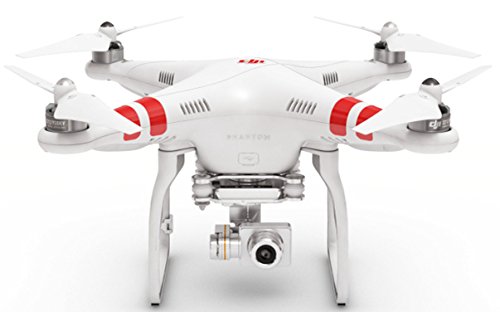
You can now get a brand new Phantom 2 Vision+ for $1,039 on Amazon!
DJI F550 Flame Wheel Hexacopter
More of a hobbyists machine, coming in kit form. Still a very capable machine and has preferred performance to the phantom according to some users. A soldering iron amongst other tools are required to build a flamewheel.
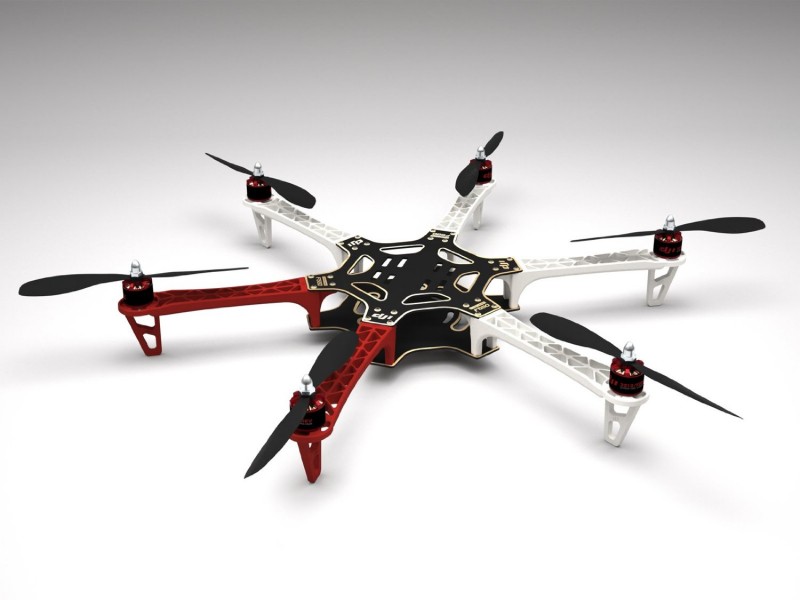
DJI S550 Multicopter
You can buy a DJI S550 Multicopter on Amazon right now for $318.
3D Robotics X8+
A quadcopter which is effectively 2 x quads back-to-back. This gives this machine far greater lifting power than conventional quadcopters. Designed for aerial photography and autonomous flight solutions. The refreshed version called 3D Robobitcs X8+ launched fairly recently, here is our coverage.
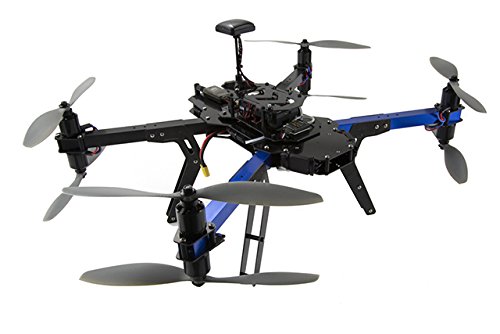
3D Robotics X8+
The 3D Robotics X8+ is now available on Amazon for $2,317.
DJI Spreading Wings 1000
This is DJI’s flagship professional grade octocopter. Designed for carrying professional aerial photography and cinematography equipment. About as nice as an Octocopter can get!
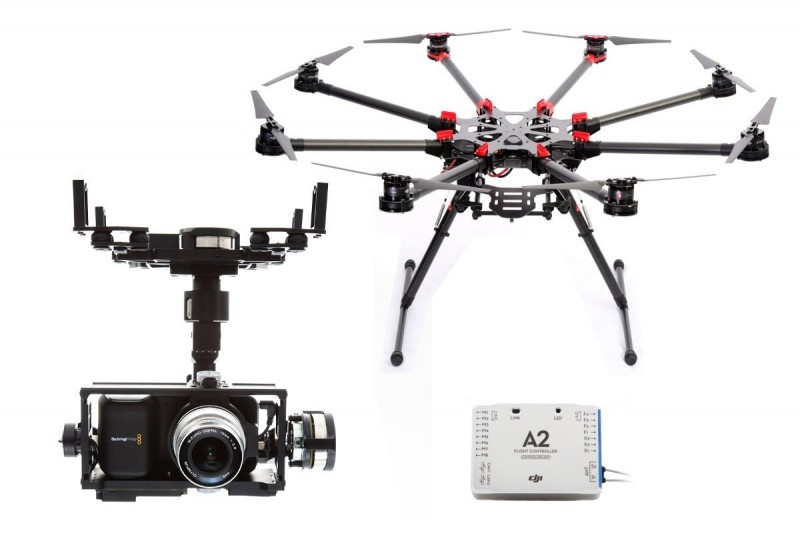
DJI Spreading Wings S1000 Premium
The DJI Spreading Wings S1000 Premium runs at $3,439 these days on Amazon.
DJI Inspire 1
DJI’s latest and greatest offering. 4K Video recording capability! Beautifully designed and an example the company pushing this technology on to the next level. If you would like to know more about the Inspire 1, please visit our previous post here and here. There two setups available, one with a single and another with two transmitters. With two operators controlling the same Inspire 1, one person pilots the flight path while the other aims the gimbal and camera. Each user can have their own screen to see exactly what is being shot in real-time. By working in tandem, you’re capturing shots that are more complex and artistic than ever before.
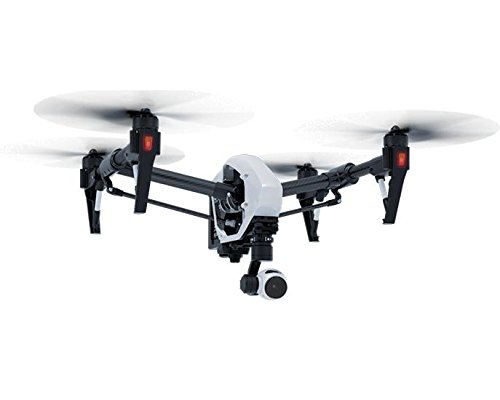
DJI Inspire 1 T600 Quadcopter
The Inspire 1 single remote starts at $2,899, while the dual remote one will cost you $3,399.
Aeroplanes
Aeroplanes are more difficult to fly than multirotors as the have to be ‘flown’. You can’t stop them mid flight like a multirotor or helicopter, they’ll just stall and try to drop out of the sky! They still have their place of course and are the most efficient flying platform. There are now some very stable fixed wing aircraft aimed at beginners and make fantastic FPV platforms.
Ready to fly systems come from companies like Hubsan who seem to be one of the few companies that embrace ready to fly FPV fixed wing systems.
The Hubsan Hawk
The entry level model from Hubsan. Note the transmitter with its built in FPV display!
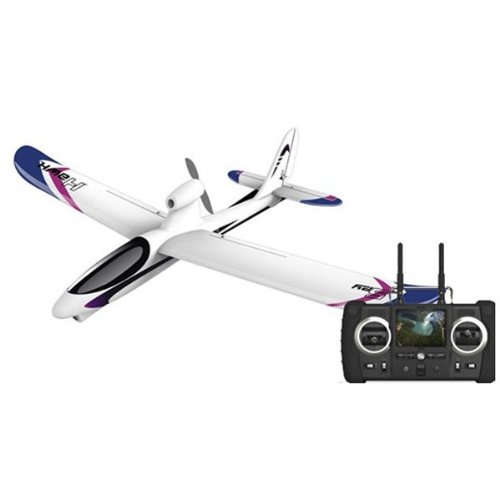
Hubsan Hawk
The Hubsan Hawk starts at $289 today.
Hubsan Sky Cruiser
The much more capable and bigger brother to the Hubsan Hawk!
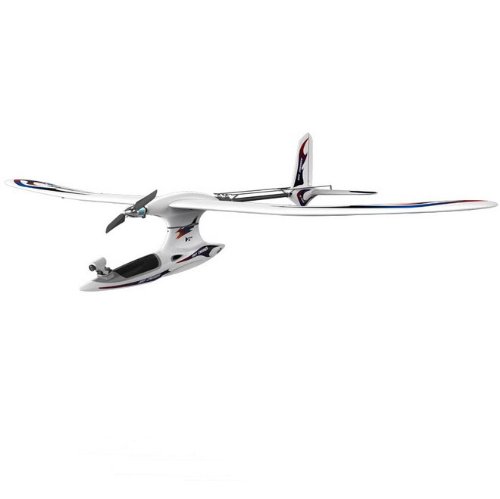
Hubsan H302F FPV Sky Cruiser 5.8G
If you want a more capable fixed wing platform, then consider the following models. All require building skills. All of the models shown have a great track record of being very capable FPV aircraft.
The Hubsan Hawk sells at $450.00 and is a great value for the money.
Multiplex EasyStar
My own first FPV machine! Brilliant design and very tough, highly recommended! Easy to build, easy to install 3rd party FPV equipment.
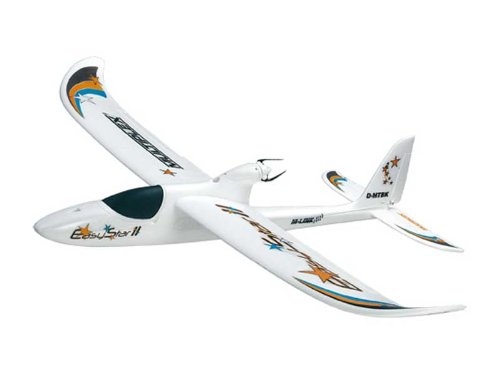
Multiplex Easy Star II
The Multiplex Easy Star II starts selling at $98.60 with a special discount! Price may change soon.
Multiplex Easy Glider Pro
Slightly bigger than it’s younger brother, but being bigger has slightly better overall perfromance. Another great FPV choice.
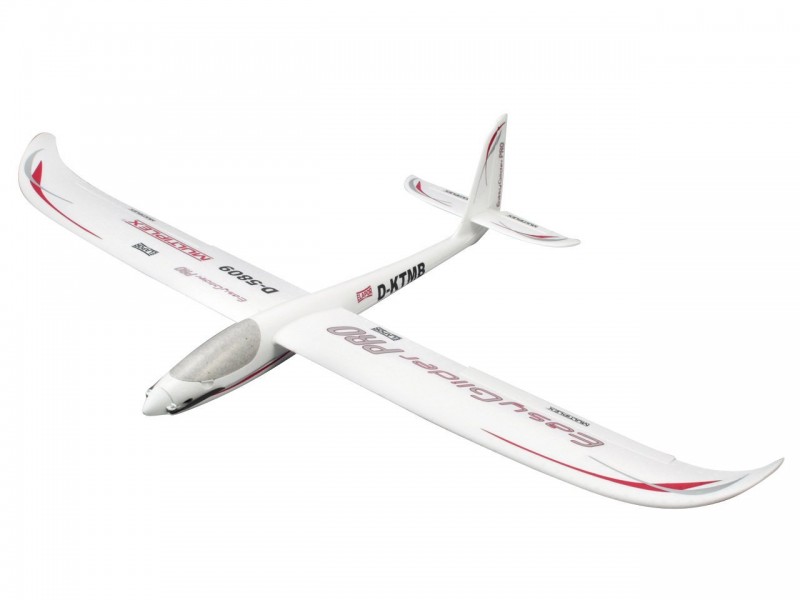
Easy Glider Pro
The Multiplex Easy Glider Pro retails at $95.63 which is again a special discount, so may change in the near future. But you can grab it at this price now.
Flying Wings
Another popular choice are flying wings. They’re popular with FPV Dronenthusiasts because of their simplicity. However, with reasonably high performance they require a little more skill to fly.
TBS Caipirinha
TBS Caipirinha is a great example of a purpose designed FPV flying wing.
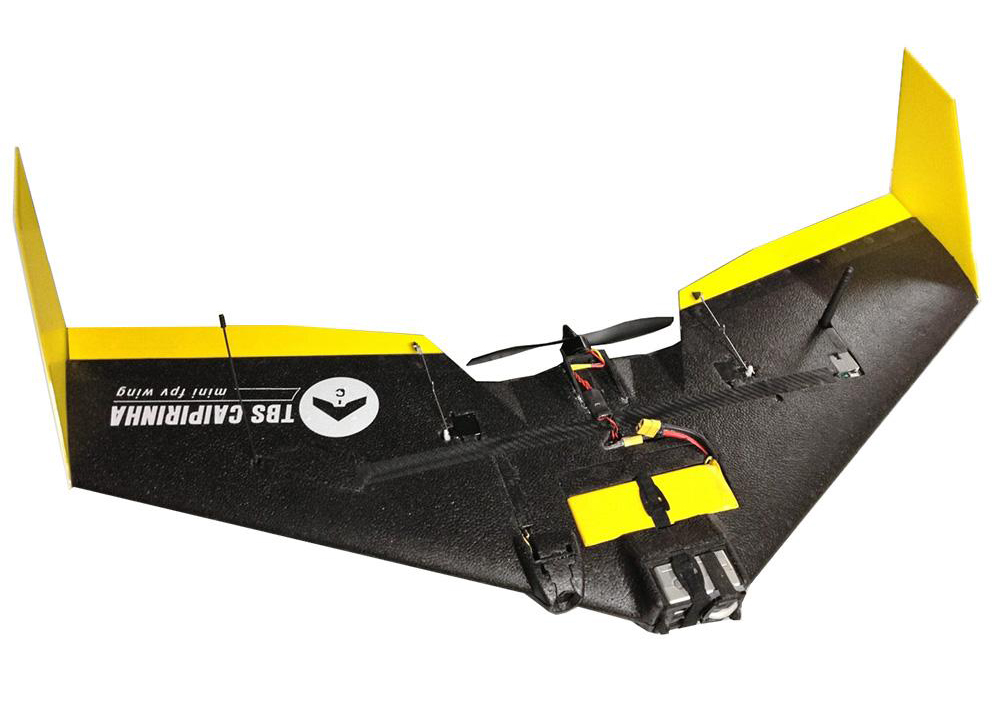
TBS Caipirinha
The Caipirinha is available at the Team Black Sheep online store starting at
Rangevideo RVJet
Rangevideo’s latest offering is their RVJet. This model gets a great review. Designed to house a GoPro camera or similar inside the nose on a gimbal for wide angle vision capability. Its’ available via their shop for $199.99.
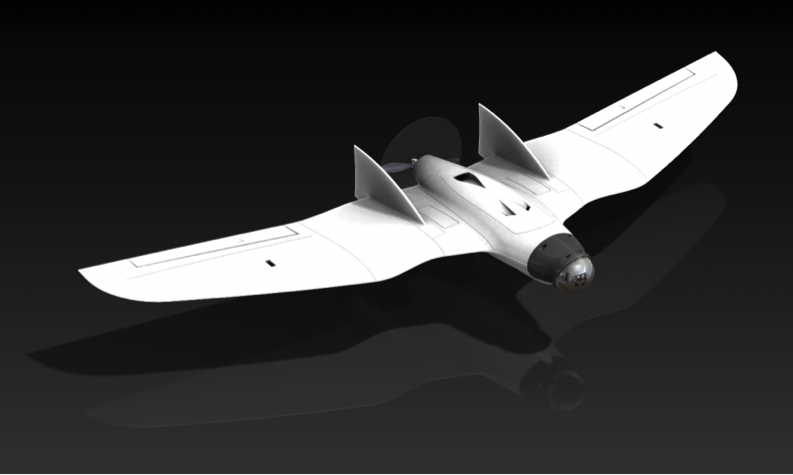
Rangevideo RVJet
Great Planes Sky Ranger
For the more serious long range FPV enthusiasts, models like this Sky Ranger are very popular. Available here for $109.99.
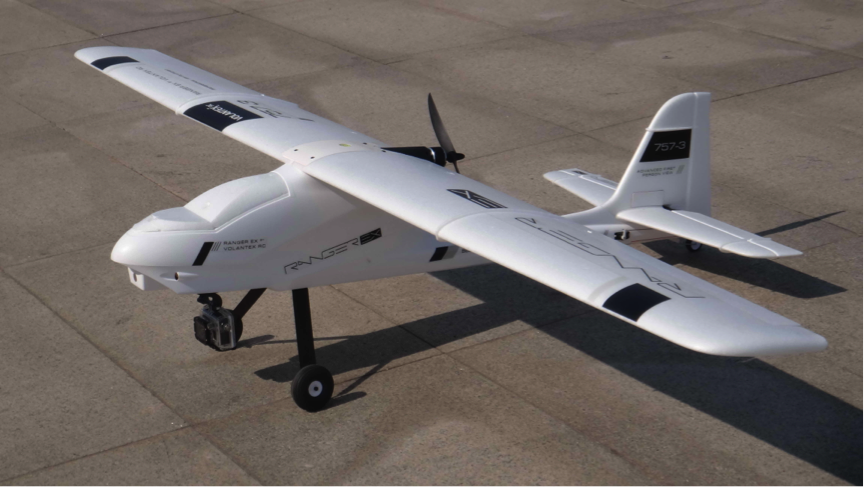
Great Planes Sky Ranger
Helicopters
At the other end of the scale, the most difficult platform by far are helicopters. Helicopters require a huge amount of patience and skill in order to fly successfully. Don’t count them out, though! Helicopters offer a very rewarding flying experience. Companies like E-Filte are now coming up with new technology to help people get into flying helicopters.
Blade 200 SR X
The Blade 200 SR X is great example, employing their SAFE technology which helps assist the learning process with beginner, intermediate and experienced flight modes. Worth a look if you’re considering helicopters for the first time. Runs at a special price this week for $219.99
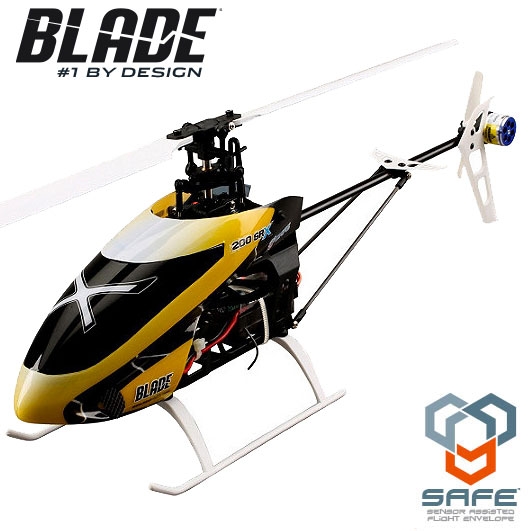
Blade 200 SR X
Simulators
If you’re considering any of the aircraft shown here, we highly recommend buying a Flight Simulator. Every serious drone pilot owns one. Being able to hone your skills on a simulator before transfering them into the real world is priceless, it could save you a lot of money!
In the past decade flight sims have come a long way. Buy purchasing a simulator first may help decide which drone to get!
Real Flight 7
Flight simulators have come a long way in recent years and if you haven’t already got one, the best one available today, in my opinion, is Real Flight 7. The new updated Phantom 2 and Vision+ transmitter we reported on earlier now has a training port which should give you a great option to test your piloting skills without putting your quad at risk.
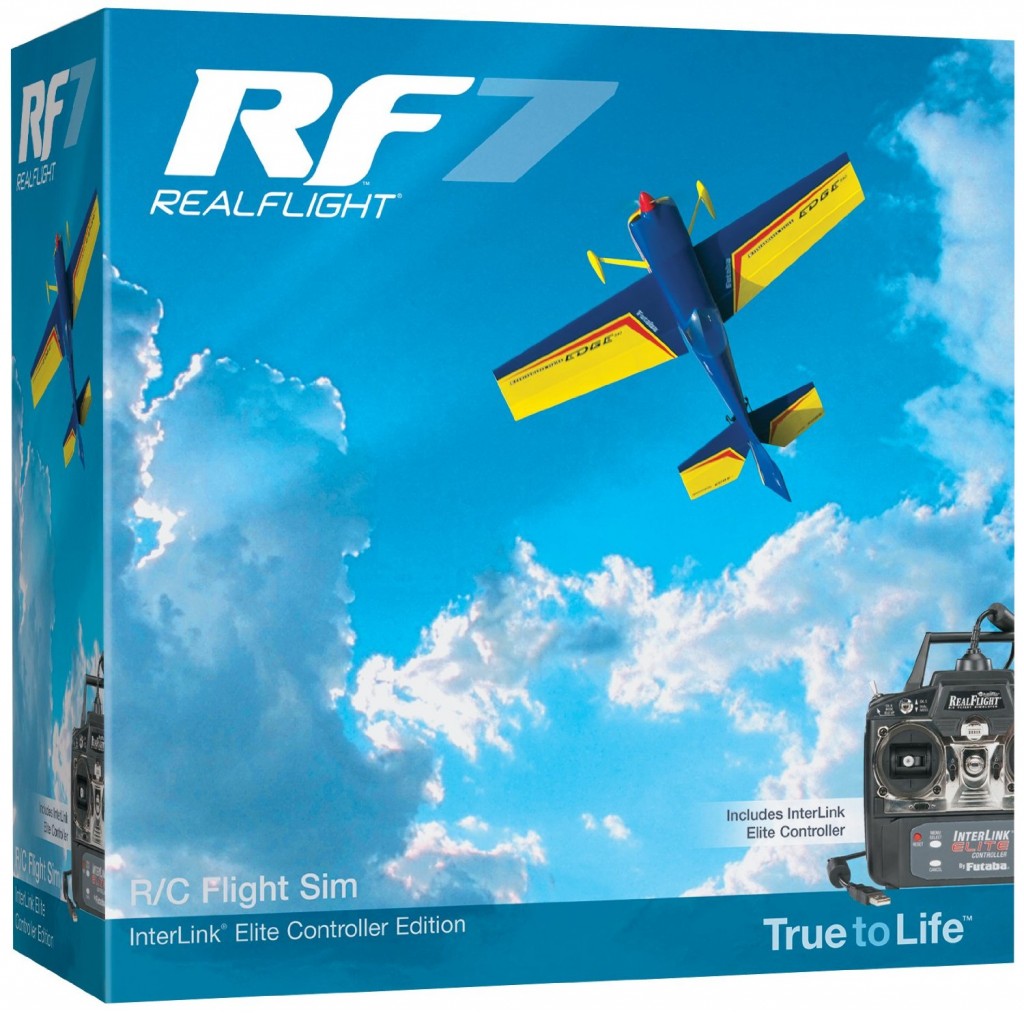
Real Flight 7 Simulator
You can buy the simulator with a Transmitter in Mode 1 or Mode 2 configuration. If you already have a transmitter, you can just buy the simulator with the interface and plug it in to yours. (Check your transmitter’s compatibility first!).
Real Flight has been leading the way for some time and this latest version is more refined than ever. Featuring over 140 models including Multirotors, Aeroplanes, Sailplanes and Helicopters, it is the best way to improve and refine your flying skills before transferring them into the real world.
Real Flight 7 now costs $159.98 right now on Amazon.
Phoenix R/C Pro Simulator V5.0
Phoenix has been around for a long time. It’s still a great sim and is actually the one I own myself. Unlike Real Flight, all updates are free too!
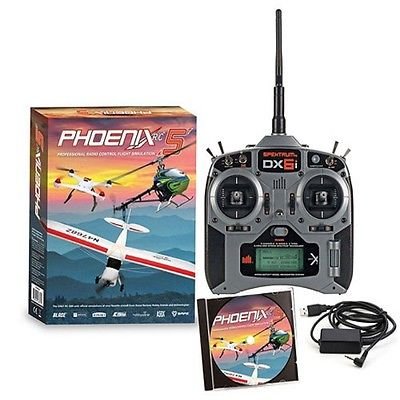
Phoenix R/C Pro Simulator V5.0
You can get the Phoenix R/C Pro Simulator V5.0 for $219.99 today.
AccuRC
The new kid on the block in the sim world. Very impressive features and aimed at the hardcore Dronethusiast!
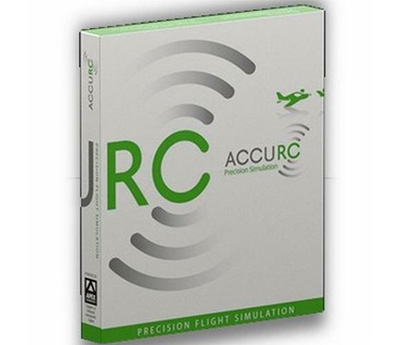
AccuRC Simulator
You can get it here for about $115.
Indoor Drones
Indoor drones are a great place to start. They’re affordable and robust. Being so light, they carry very little inertia meaning you can crash them into almost anything, causing little or no damage but still have little props that can bite! In the past couple of years, drone miniaturisation has meant an explosion of offerings for indoor use so now there’s plenty to choose from! I own the tiny Proto X Nano myself and had a lot of fun flying round the house. All the small indoor quads are now very affordable at stocking filler prices! For someone wanting to get into flying drones, these are a great place to start. You can do little damage with these drones and if the weather is calm, they’ll happily fly outside, too!
Have a look a look at our previous review of the best indoor drones available, here!
Photography
Small multirotor aircraft are responsible for some amazing footage. YouTube is now full of fantastic videos taken from Drones. Great examples come from the likes of Team BlackSheep. Their videos are known throughout the world. Some of their videos have caused controversy but they certainly show what this technology is capable of.
There’s one obvious company who seems to have it covered in the photography department. They have produced products that are easy to fly and are pretty much plug and play. DJI are trying to lead the way. Their systems require little set-up and work well straight out of the box.
There are now plenty of other options besides DJI. Team Black Sheep and Luminier are well known for excellent products and perform equally well, if not better. They’re also more customisable, but unless you pay someone to build it for you, will require building, setting up, and tuning, etc. This really isn’t a bad thing as it teaches you huge amount about the technology you’re using, so I would whole heartedly recommend this route.
If you would like to learn a lot more about photography using your drone, check out this great course on Udemy: Aerial Photography and Videography with Drones If you follow this link, you can take this course for $79 instead of the $98 and you have a 30 day money back guarantee, so there is nothing for you to lose.
TBS Discovery Pro
My favorite FPV machine, the Team Black Sheep (TBS) Discovery. It’s normally bought in kit form, however there are vendors like myself who will happily build one of these to your spec if building isn’t your thing. The discovery with a GoPro mounted on the front is a great tool. It is much like the DJI phantom in many ways, but more customisable. I modified my standard Discovery with a 3D printed 2 axis gimbal, but the Discovery Pro is now available with a 2 axis gimbal of its own. I’ve had an immense amount of fun with the discovery catching some fantastic footage.
The TBS Discovery Pro is available in the Team Black Sheep online shop starting at roughly $1500
FPV Racing
FPV drone racing is a hot topic this year. You’ve probably seen an earlier post on Dronethusiast where we showed you Star Wars style racing through a forest! I’m guilty of catching the racing bug myself and I’m currently building one! Check out our post on the subject by fellow wrier Mark Cocquio! Take a look some of the many videos from Luminier team pilot Charpu who can really fly these machines and show just how much fun they can be! Plenty of brown pants moments in all of his videos!
The QAV250 in this clip is just one of the many mini-quads available. Prices and specifications vary. These small and very agile quadcopters require building skills and a reasonable amount of skill to fly. Not an ideal beginner’s machine but very appealing for all the right reasons! With some training and practice, it doesn’t take long to get the hang of one of these. Highly recommended!
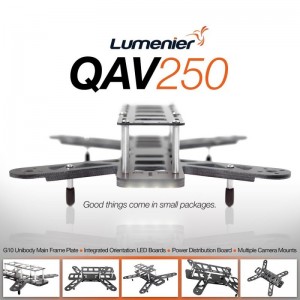
Lumenier QAV250 G10 Frame Kit
Expect this area of the hobby to grow; events are starting to pop up all over the world!
Long Range FPV
The idea of long-range flights; pushing technology to its limits can be appealing to some. However, there are restrictions that apply. In some countries long range radio control and video links can often mean holding a valid HAM license for operation, so it would be advisable to check the law within your country.
Many countries state that FPV flights should stay within line-of-sight and with a spotter stood beside you. If that is the case in your country, long-range FPV may be out of your reach. Be sure to check the laws within your country before considering this route.
Long-range FPV involves having a good understanding of radio theory in order to be able to maximise performance. This side of the hobby will have you experimenting with different frequencies, power, antennas, filtering, etc. It can become very technical but that also means becoming very interesting at the same time.
It will also push the boundaries of all your equipment. Multirotors for instance will have limited range compared to some of the more efficient fixed wing platforms.
Companies like Readymaderc.com are well known for their expertise in long-range FPV systems. They have many excellent YouTube tutorials that break down the entire subject. If you were seriously considering long-range FPV, I’d highly recommend watching some of their many YouTube videos.
Safe practice
Our drones are of course an Unmanned Aerial Vehicles (UAVs). By definition, a drone can be controlled via radio control or be autonomous. The use of the word drone has often been associated with military use. The wider and friendlier use of drones is still sometimes being misunderstood and it’s lead to the use of drones receiving bad press. We all know that this technology is not to be feared, but to be embraced! It’s amazing stuff and great fun as hobby and without doubt, going to be extremely useful in the future. As hobbyists and as commercial users it’s important that we embrace the use of our drones respectfully, with common sense and with safety in mind. I’ve left the health and safety rant until the end, but I feel it’s extremely important to address the current controversy sourrounding drone technology.
Unfortunately, many new Dronethusiasts are flying without any prior experience or understanding of the equipment they’ve purchased. Results are often bad! There are now plenty of incidents where people have been flying where they shouldn’t, sometimes losing control, crashing in to property and even hitting people! Worrying stuff and something to think about when deciding which drone to get. There’s also the famous “DJI Phantom fly away” example! Nobody wants to see their $1000 pride and joy fly off into the distance. It does happen! It happened to a guy I knew and he never found it! Who knows where it landed or what it hit! You couldn’t help but feel for him, but it was down to his misunderstanding of what he’d bought. Many new pilots underestimate how dangerous drones can be if not understood. Propellers big or small bite and have been known to cause serious injury! For all of these reasons and more, before attempting to fly a drone, i think it’s wise to visit your local RC Flying Club to find out what experienced pilots have been doing with this technology for years. By visiting a club, you’ll get to meet like-minded people and likely to make a few new friends. In addition to joining a club, you’ll normally be asked to join a national organization, e.g. AMA in the USA or BMFA in the UK. As a member of one of these organisations, you’ll have public liability insurance and more importantly, be aware of what you should and shouldn’t being doing with your drones.
So which drone to buy? If you’re still unsure, no problem. This topic is huge, so it doesn’t stop here. These are just some of the many paths you might want to take. Please feel free to add comments, the more feedback the better!


